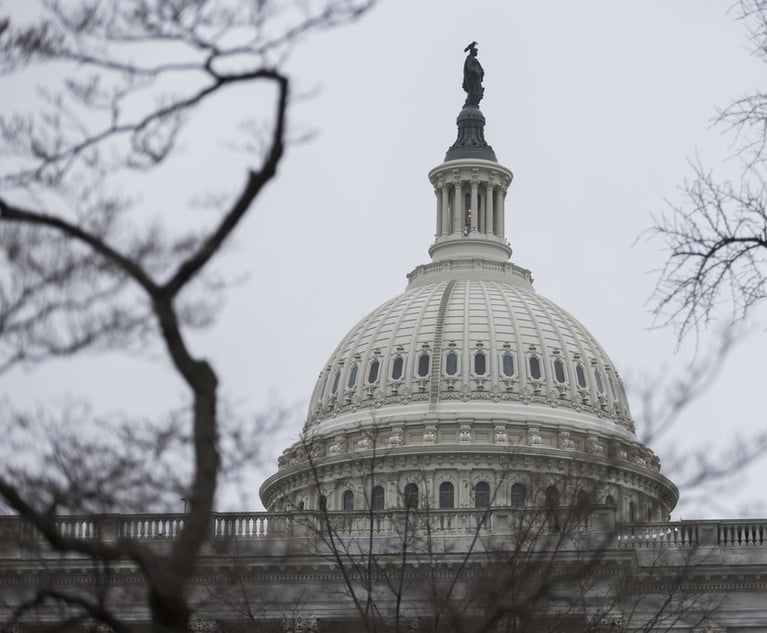On July 11, for the first time in decades, the world watched as thousands of Cuban citizens poured into the streets in peaceful demonstration against their government demanding, above all else, freedom. This clarion call has roots that are decades old. Acknowledged even within the verses of Cuba’s National Anthem, it is a well-known composition whose tempo has changed ever so slightly throughout the years, quickening now, in part, with the pace of the global health pandemic. To understand the true implications of the instruments at play, it is helpful to understand their origins.
In the summer of 1961, Fidel Castro gave a speech that set forth his regime’s position on cultural “freedom.” Summoning the island’s leading writers and artists to the deliberately selected site of the National Library of Cuba, before a crowd of intellectuals he declared: “This means that within the Revolution, everything; against the Revolution, nothing.” The message was unmistakable: criticism was not welcome. Nearly six decades of censorship later, in December 2018, the same Cuban regime effectuated Decree 349, mandating that all artists obtain advanced permission from the government before any public or private exhibition of art or music. Among other content-based prohibitions, the law banned art and music using “national symbols” to “contravene current legislation.” As a result, a collection of artists known as the San Isidro Movement formed to protest the regime’s persistently repressive cultural censorship.


 Candice Balmori of Weiss Serota Helfman Cole + Bierman. Courtesy photo
Candice Balmori of Weiss Serota Helfman Cole + Bierman. Courtesy photo




